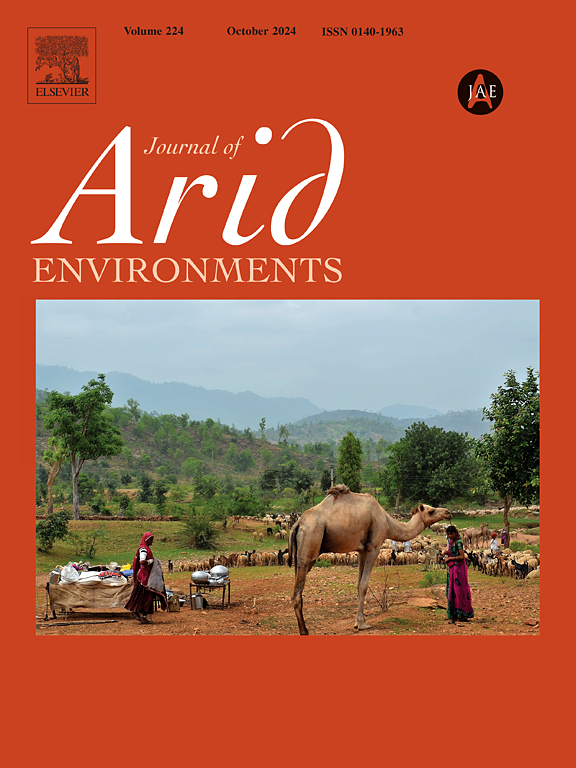Vegetation structural parameters affect leaf litter decomposition along a secondary successional chronosequence in tropical dry forest
IF 2.5
3区 环境科学与生态学
Q2 ECOLOGY
引用次数: 0
Abstract
Litter decomposition contributes to nutrient cycling and influences soil organic matter, affecting soil fertility. We assessed the impact of leaf quality and vegetation structure on litter decomposition across three successional stages (early, intermediate, and late) in a Brazilian tropical dry forest. A total of 315 litterbags were installed, 105 per stage, at the beginning of the rainy season, and litter mass loss was measured over 322 days. Overall, 48 % of the litter mass was lost at the end of the experiment, and decomposition was higher in late successional stage. Leaf nutrient concentrations increased along the successional gradient. Although leaf traits did not influence decomposition, vegetation structure (species richness, basal area, and height) showed a significant positive effect. The accelerated decomposition in later stages may reflect microclimatic changes and more active decomposer communities, both shaped by vegetation complexity. Our findings suggest that, even after four decades, these regenerating forests have not achieved full recovery of vegetation structure or decomposition-related ecosystem functioning.
热带干旱林植被结构参数对凋落叶分解具有次生演替时序影响
凋落物分解有助于养分循环,影响土壤有机质,影响土壤肥力。我们评估了叶片质量和植被结构对巴西热带干旱林凋落物分解的三个演替阶段(早期、中期和晚期)的影响。在雨季开始时,共安装了315个垃圾袋,每阶段105个,在322天内测量了凋落物质量损失。总体而言,试验结束时凋落物质量损失48%,演替后期分解率较高。叶片养分浓度沿演替梯度增大。虽然叶片性状对分解没有影响,但植被结构(物种丰富度、基面积和高度)对分解有显著的正向影响。后期的加速分解可能反映了小气候变化和更活跃的分解者群落,这两者都是由植被复杂性决定的。我们的研究结果表明,即使经过40年,这些再生林也没有完全恢复植被结构或与分解相关的生态系统功能。
本文章由计算机程序翻译,如有差异,请以英文原文为准。
求助全文
约1分钟内获得全文
求助全文
来源期刊

Journal of Arid Environments
环境科学-环境科学
CiteScore
5.70
自引率
3.70%
发文量
144
审稿时长
55 days
期刊介绍:
The Journal of Arid Environments is an international journal publishing original scientific and technical research articles on physical, biological and cultural aspects of arid, semi-arid, and desert environments. As a forum of multi-disciplinary and interdisciplinary dialogue it addresses research on all aspects of arid environments and their past, present and future use.
 求助内容:
求助内容: 应助结果提醒方式:
应助结果提醒方式:


